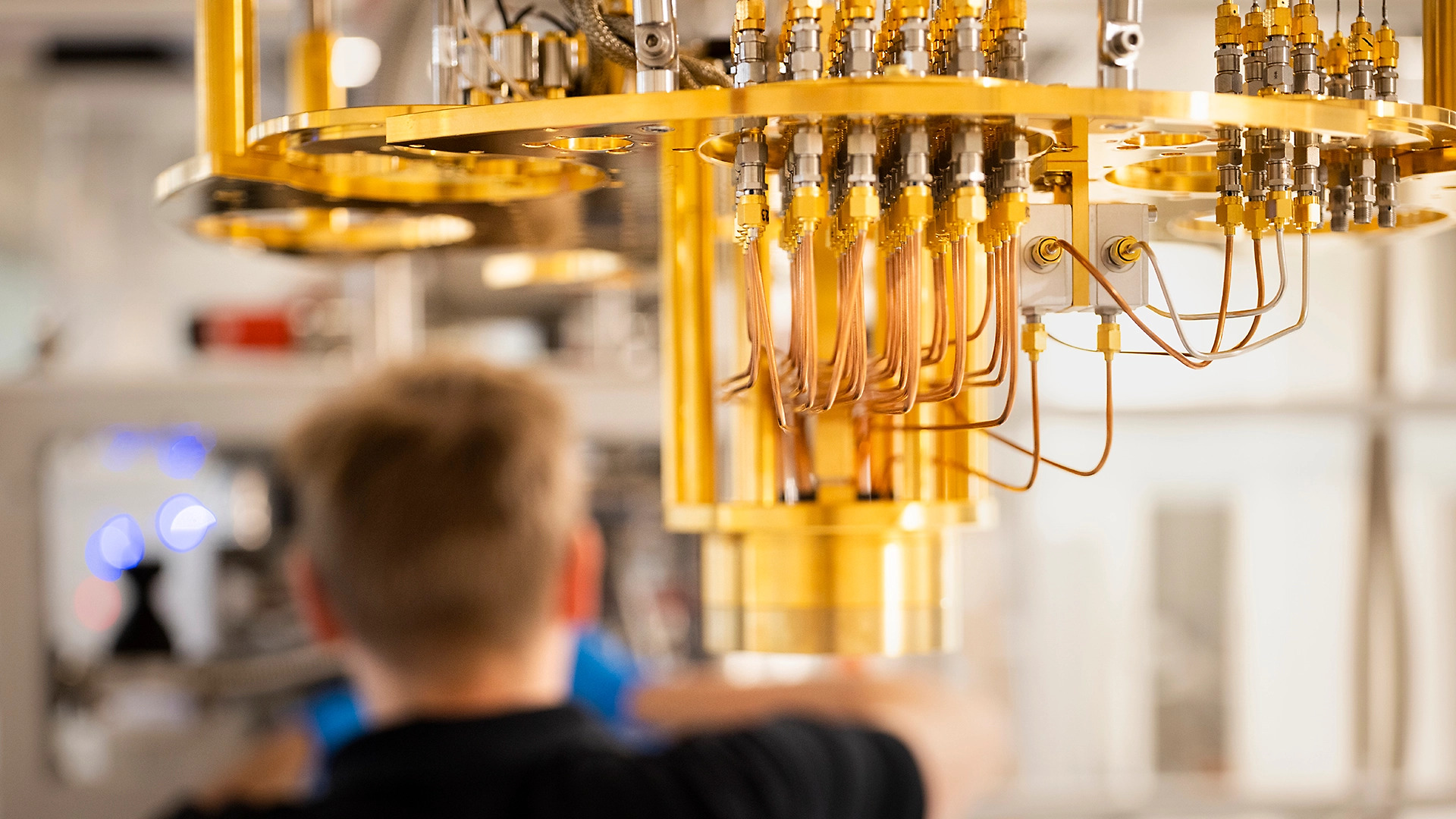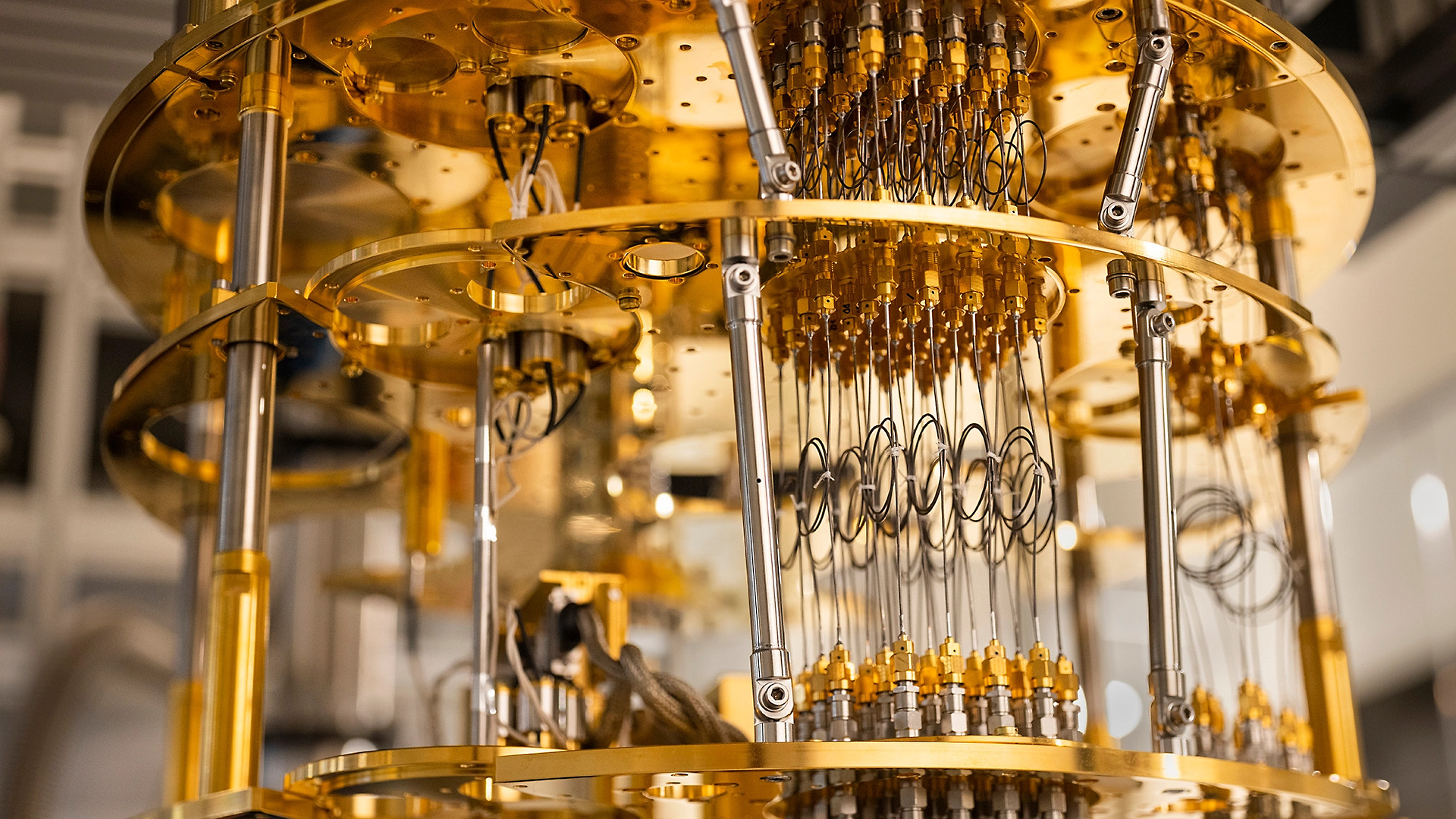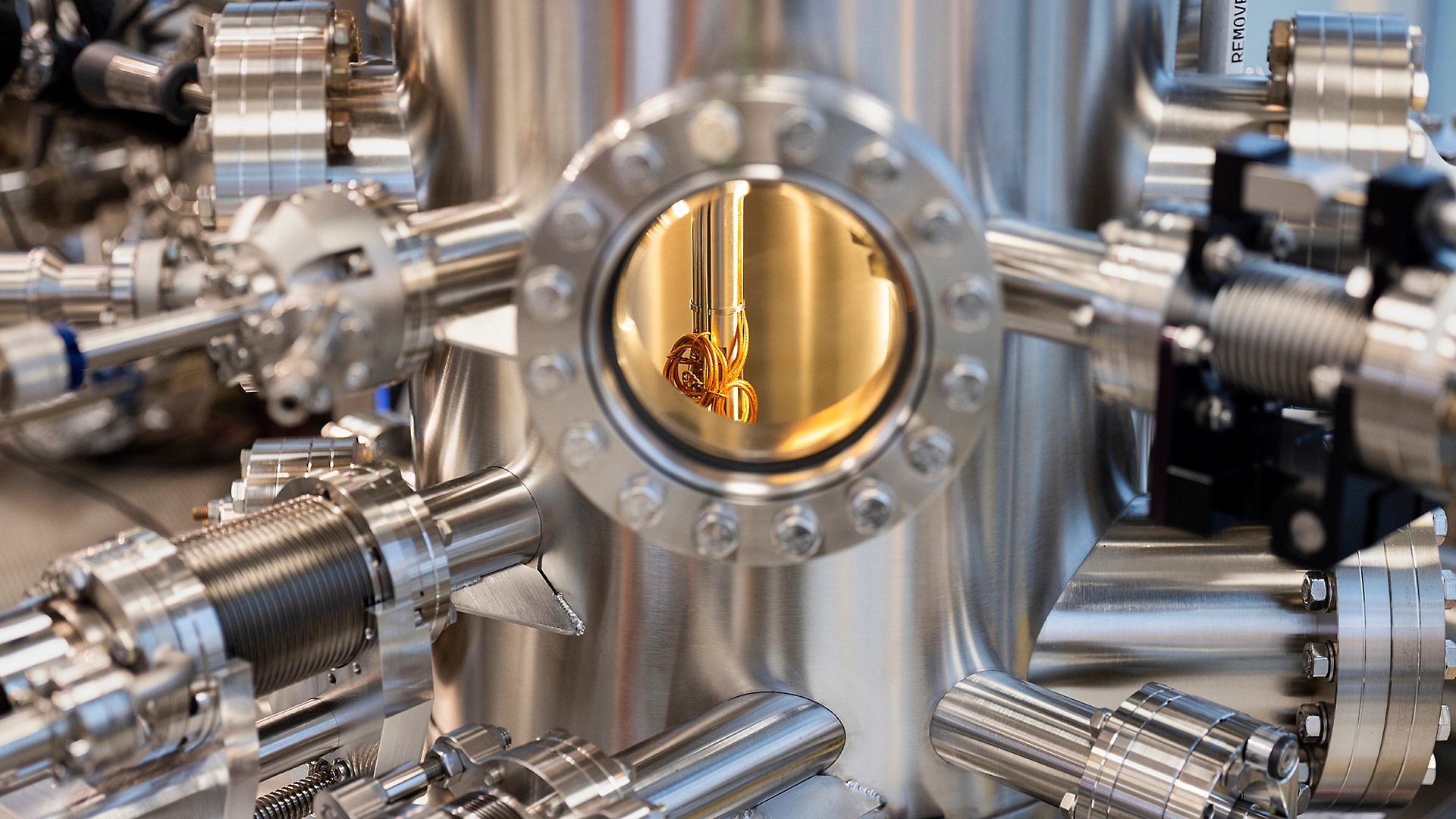We're on the path to quantum at scale
A quantum machine capable of solving many of the hardest problems facing humanity will ultimately require at least 1 million stable qubits that can perform 1 quintillion operations while making at most a single error. Microsoft is taking a unique approach by designing such a machine with a new type of qubit—a topological qubit. It’s theorized to be more stable than any other qubit engineered to date, which means this quantum machine will be small enough to fit in a closet and fast enough to solve problems in days to weeks. Our recent physics breakthrough cleared a major hurdle and confirmed that we’re on the right path to achieve quantum at scale.

Using the cloud to scale quantum computing
Azure will enable scaled quantum computing to become a reality and then seamlessly deliver the profound benefits of it to our customers. While our unique topological qubit design will greatly enhance the Microsoft quantum machine’s fault tolerance, advanced software and tremendous compute power will still be required to keep the machine stable.
Our quantum machine will be integrated with petascale classical compute in Azure and be able to handle bandwidths between quantum and classical that exceed 10–100 terabits per second. At every logical clock cycle of the quantum computer, there will be interactions with classical computers to keep the quantum computer "alive" and yield a reliable output solution. This type of scale requires the cloud, making Azure both a key enabler and a differentiator of our strategy to bring quantum at scale to the world.


Building a topological qubit
Over the years, Microsoft has fabricated our own spin, transmon, gatemon, and other types of qubits, and ultimately found they were not suited for scale. Instead, we set out to engineer a topological qubit. The first step in that journey required a significant physics breakthrough, the production of a topological superconducting phase and its concomitant Majorana zero modes.
Now that independent experts have validated our data, we're on the path to engineering the world's first topological qubit, which is the only known design with the potential to meet the criteria required for scaled quantum computing.

Criteria for scale
Small
Physical qubits need to be smaller than 10 microns so 1 million of them can fit on the chip of a credit card, enabling a practically sized single-module machine.
Fast
Qubits need to be fast enough so that each operation can take place in less than 1 microsecond, so problems can be solved in weeks rather than decades or centuries.
Controllable
Qubits need to be controlled by digital voltage pulses to ensure that a machine with millions of them isn’t error prone.
We're only at the beginning
Our approach to building a scaled quantum machine is the more challenging path in the near term, but it's the most promising one long term. Our significant physics breakthrough validated that approach, and we remain confident that we're headed in the right direction. We look forward to bringing quantum at scale to the world and empowering scientists to tackle many of the more important challenges facing our world.


